103 years ago today, John Glenn, the American aviator, politician, and astronaut who became the third American in space, was born. The Ohio-born pilot won distinguished flying crosses during America’s wars in the 1940s and 1950s, and in 1962 became the first American ever to enter orbit around the Earth. He received the NASA Distinguished Service Medal in 1962, the Congressional Space Medal of Honor in 1978, was inducted into the U.S. Astronaut Hall of Fame in 1990, and received the Presidential Medal of Freedom in 2012, before passing away at the age of 95 in 2016. READ about his blast off into space… (1921)
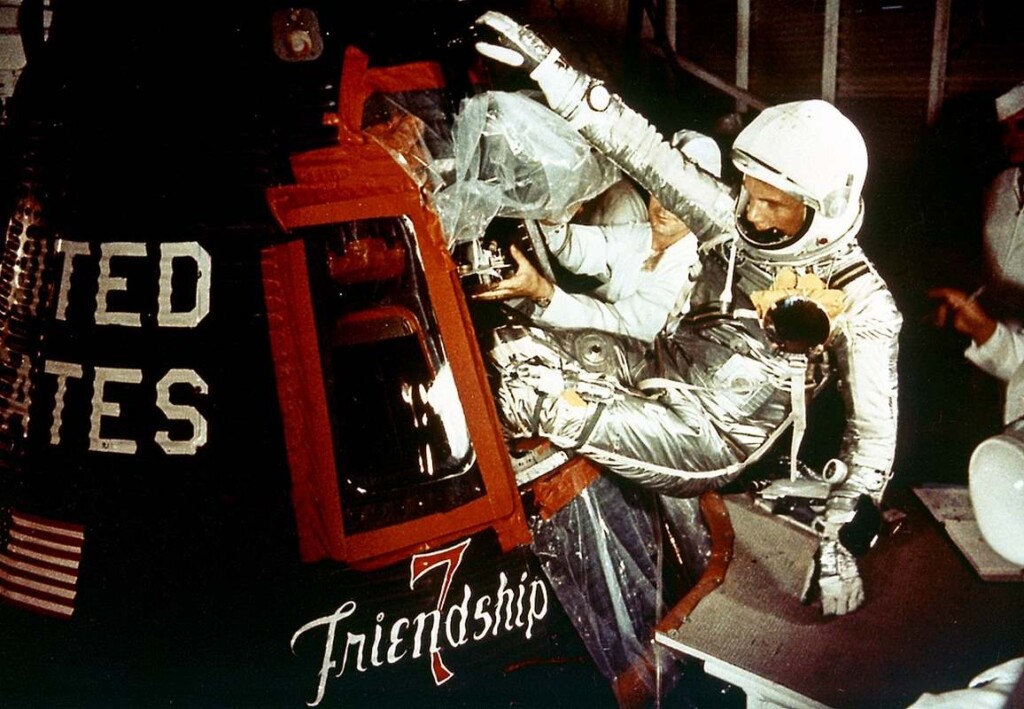
In preparation for his Mercury Atlas-7 Mission, one of the final stages of the Mercury Missions, Glenn spent 25 hours and 25 minutes in the spacecraft called Friendship 7 performing hangar and altitude tests, and 59 hours and 45 minutes in the simulator. He flew 70 simulated missions and reacted to 189 simulated system failures.
Friendship 7 had eleven delays due to equipment malfunctions on the day of the launch. It’s remarkable that Glenn didn’t phone the whole thing in at that point. It wouldn’t get better either after the spacecraft left the atmosphere. During Glenn’s first orbit, a failure of the automatic control system was detected, forcing him to pilot manually.
Later in the flight, telemetry indicated that the heat shield had loosened. If this reading had been accurate, Glenn and his spacecraft would have burned up on re-entry. After a lengthy discussion on how to deal with this problem, ground controllers decided that leaving the retrorocket pack in place might help keep the loose heat shield in place. They relayed these instructions to Glenn, but did not tell him the heat shield was possibly loose; although confused at this order, he complied.
The retrorocket pack broke up into large chunks of flaming debris that flew past the window of his capsule during re-entry; Glenn thought this might have been the heat shield. He told an interviewer, “Fortunately it was the rocket pack—or I wouldn’t be answering these questions.” After the flight, it was determined that the heat shield was not loose; the sensor was faulty.
MORE Good News on this Day:
- Uruguay adopted its first constitution (1830)
- Red Skelton, the American comedian, was born in Vincennes, Indiana (1913)
- Ringo Starr recorded his vocal to Octopus’s Garden, for the Abbey Road album, a song that he wrote after he’d ‘quit’ The Beatles and was staying on actor Peter Seller’s yacht in the Mediterranean (1969)
- Canadian Parliament passed a law controlling the purchase and use of firearms (1977)
- Canada began accepting 50,000 Vietnamese ‘boat people into the country—half of whom were refugees seeking asylum and sponsored by the Canadian government, with the remainder cared for by 7000 private humanitarian groups (1979)
690 years ago today in Medieval times, the bishop of Florence blessed the first foundation stone for the new campanile (bell tower) of the Florence Cathedral, designed by the artist Giotto di Bondone, and which still stands today. It arose from the Piazza del Duomo after the project gained a new impetus in 1331 and the guild of wool merchants took over patronage for the construction of the cathedral, appointing Giotto in 1334 to oversee the work.
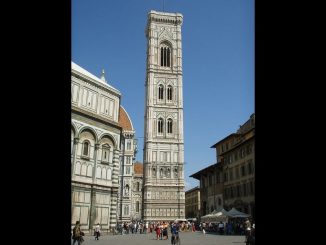
Constructed over several phases during a period lasting 150 years which included interruptions by war, political turmoil, and the Black Death, three major designer/architects would take some lead on the project at some point. Giotto’s role in designing the bell tower was not something the was able to see through, as he died three years before it was finished at the age of 70, and it would require two other men to finally finish it.
The slender, stand-alone bell tower is square in plan with 14.45 meter (47.41 ft.) sides. It is 84.7 meters (277.9 ft.) tall, and designed with geometric patterns of white marble from Carrara, green marble from Prato, and red marble from Siena. Francisco Talenti was the third man to take over construction and finished the bell tower after completing the top three levels with the large windows in 1359. He did not build a spire designed by Giotto, thus lowering the designed height of 122 meters (400 ft.) to its current 84.7 meters (277.9 ft.) (1,334)
Happy 74th Birthday to English billionaire entrepreneur Sir Richard Branson—the founder of Virgin Records and Virgin Airlines who just returned from a Virgin Galactic rocket that launched him and five other crewmembers into suborbital space on July 11 in the first ‘space tourist flight’.
As a student with dyslexia, he struggled with poor academic performance, and his headmaster told him he would either end up in prison or become a millionaire. As a teen, he began selling records at discounted prices in a magazine he published himself. Soon, he opened a record shop, and later established a record label that signed controversial bands, like the Sex Pistols.
His humanitarian work includes co-founding of The Elders, a group of world leaders dedicated to solving big problems, and the International Centre for Missing & Exploited Children. He has supported wildlife conservation and authored a best-selling autobiography and books about business success.
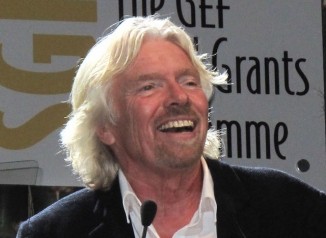
And, on this day in 1976, the 14-year-old Romanian gymnast star, Nadia Comaneci, scored the first ever perfect 10 at the Olympics with her performance on the uneven parallel bars. She was the darling of the Montreal Olympics, earning seven perfect scores, three gold medals, a silver and a bronze (and four gold and silver medals in the 1980 Olympics). Nadia is doing well for herself, using her talent in the field of gymnastics, and is married and living in Norman, Oklahoma. WATCH her score seven perfect 10s below…
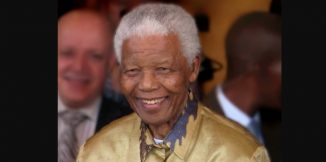
Also on this day in 1918, Nelson Mandela was born in South Africa. The anti-apartheid revolutionary and historic political leader became his country’s first black president and focused on dismantling the legacy of apartheid by tackling racism and fostering reconciliation and forgiveness.
Born into a royal family, he studied and practiced law before becoming involved in anti-colonial politics and joining the ANC (African National Congress) in 1943. After being convicted of trying to violently overthrow the all-white government, which had established apartheid, a system of racial segregation that privileged whites, Mandela endured life in prison for 27 years. Following an international campaign that lobbied for his release, he was freed in 1990 and published his autobiography before opening ANC negotiations with President F.W. de Klerk to abolish apartheid. WATCH what his black and white bodyguards thought of him as a man.
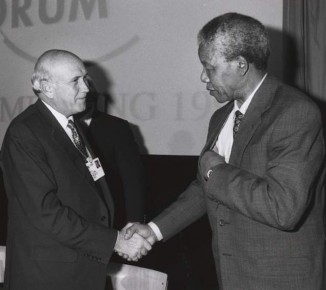
Four years later he was elected president in the first multiracial elections and he formed a Government of National Unity in an attempt to defuse racial tension. He established the Truth and Reconciliation Commission to investigate past human rights abuses, chaired by the Catholic Nobel Peace Prize winner Bishop Desmond Tutu. He declined a second presidential term and, instead, became an elder statesman who focusing on combating poverty and HIV/AIDS through the charitable Nelson Mandela Foundation, and joined Jimmy Carter and Tutu as one of The Elders. He once famously said, “It always seems impossible until it’s done.”
And, on this day in 1867, the heroic survivor of the RMS Titanic, Maggie Brown, was born. She rescued others on the doomed ship until she was finally persuaded to board Lifeboat #6.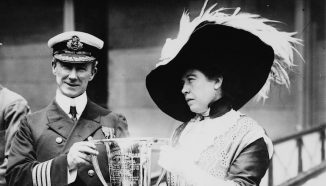
Taking an oar herself, she tried to persuade the crewman on board to turn back so they could save more people–even threatening to throw him overboard if he refused. Her illustrious life as a woman and humanitarian who married a poor man for love, but then was rewarded when his engineering inventions built a fortune, was portrayed in a Broadway musical and film entitled, The Unsinkable Molly Brown.
After her husband’s mining engineering efforts paid off for a company in Leadville, Colorado, Margaret volunteered by working in soup kitchens to assist miners’ families. Before the philanthropist’s death in 1932, her fame as a well-known Titanic survivor helped her promote the issues she felt strongly about: the rights of workers and women, education and child literacy, historic preservation, and the commemoration of bravery and chivalry displayed aboard the Titanic. Born to a poor family in Hannibal, Missouri, she is buried next to her husband in Westbury, New York. WATCH a video about this legendary woman.
SHARE The Milestones…




















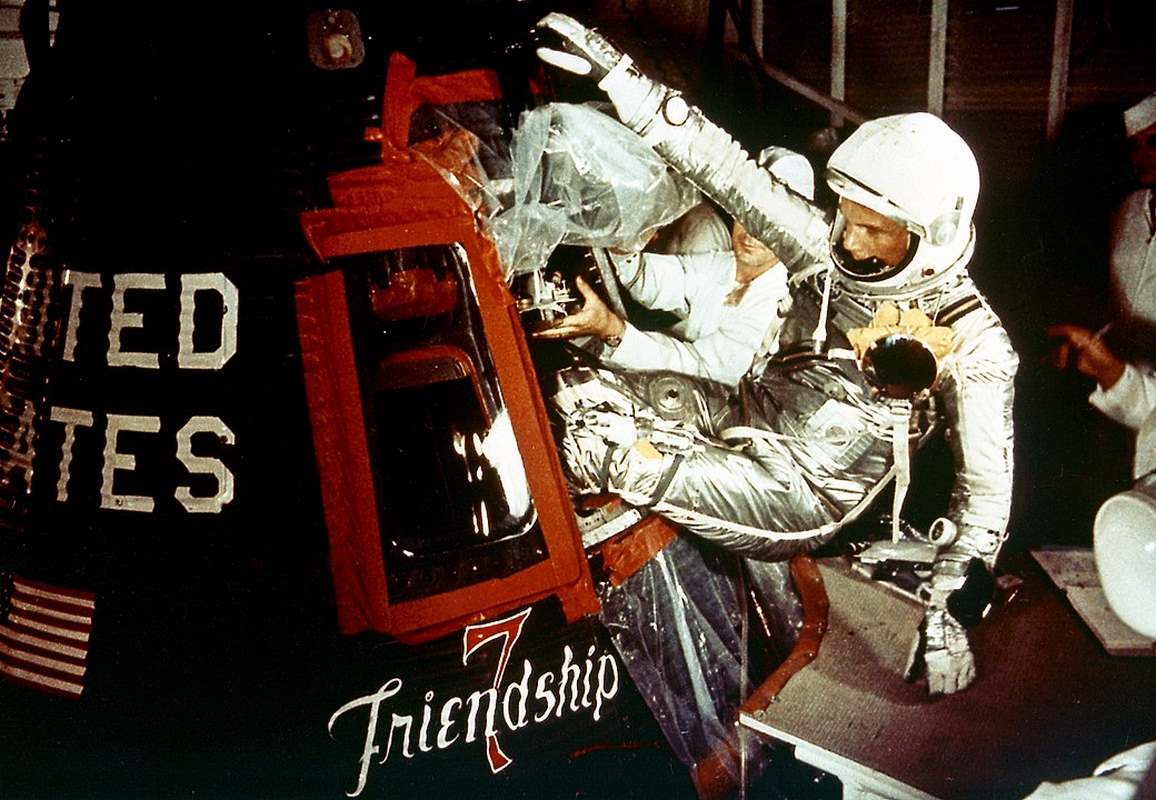
[…] post Good News in History, July 18 appeared first on The Good News […]
[…] By Good News Network […]